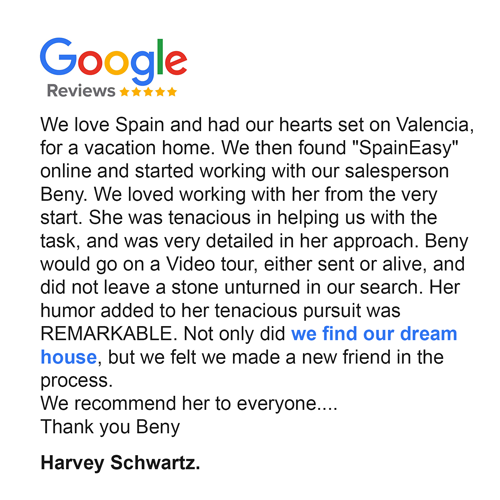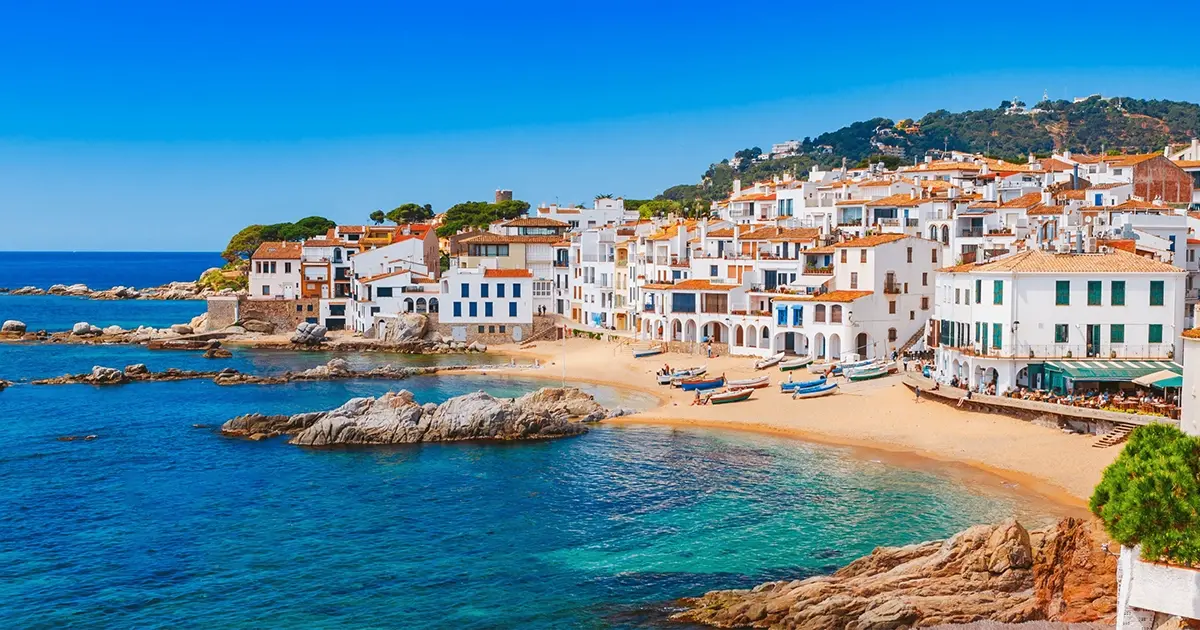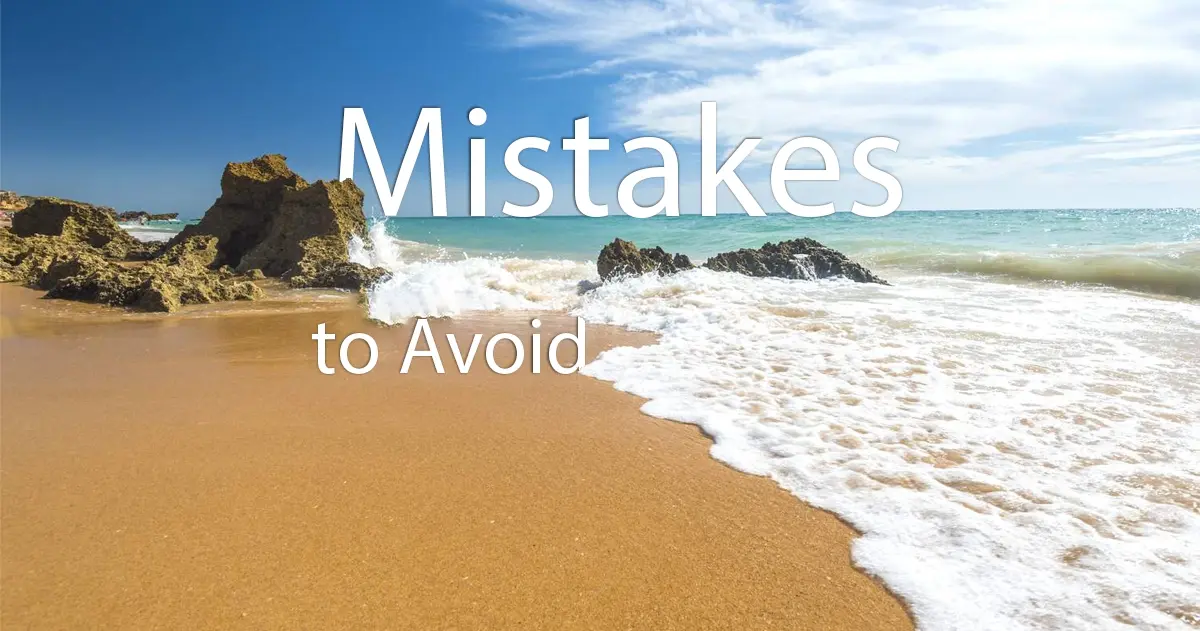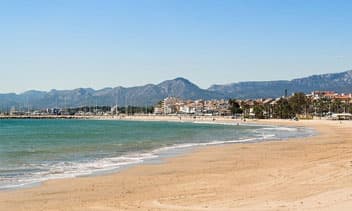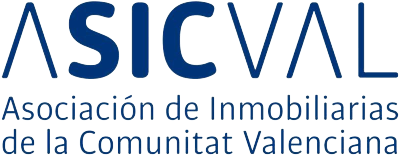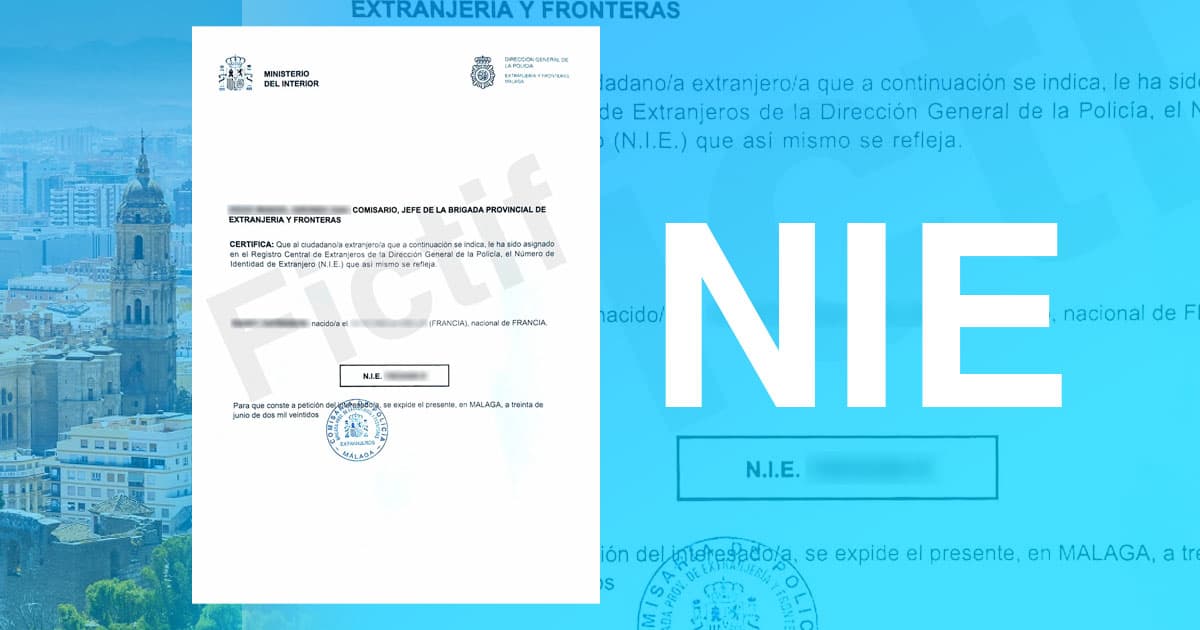
Obtaining the NIE in Spain: A Step-by-Step Process
Last update: September 3, 2025
Reading time: 13.6 min
Obtaining your NIE (Número de Identificación de Extranjeros) is a crucial step when you decide to settle in Spain. Whether you plan to live there temporarily, retire, work, or invest in real estate, the NIE will open the doors to Spanish administration. This guide is designed to assist you in this process.
Don’t have time to read the whole article?
Obtaining your NIE (Número de Identificación de Extranjeros) is essential for any administrative, contractual, or commercial activity in Spain, such as buying property, opening a bank account, or working. To get your NIE, schedule an appointment online or visit a local consulate/embassy, gather the necessary documents (completed EX-15 form, valid passport, proof of residence, and payment receipt), and submit your application in person. Processing usually takes around two weeks, but times can vary. Ensure you have all documents correctly filled to avoid delays. With proper preparation, you’ll smoothly navigate this crucial step and enjoy your new life in Spain.
What is the NIE?
The NIE, also known as “Número de Identificación de Extranjero,” is a unique identifier assigned to every foreigner who settles in Spain for more than three months.
It consists of a prefix letter, followed by seven digits, and ends with a verification letter. The first letter is either X, for NIEs assigned before July 15, 2008, or Y for those issued from July 16, 2008 onwards. The last letter can be any alphabet letter.
This number is intended for all foreigners, regardless of their EU membership.
Exemple:
N.I.E Y9830484-R
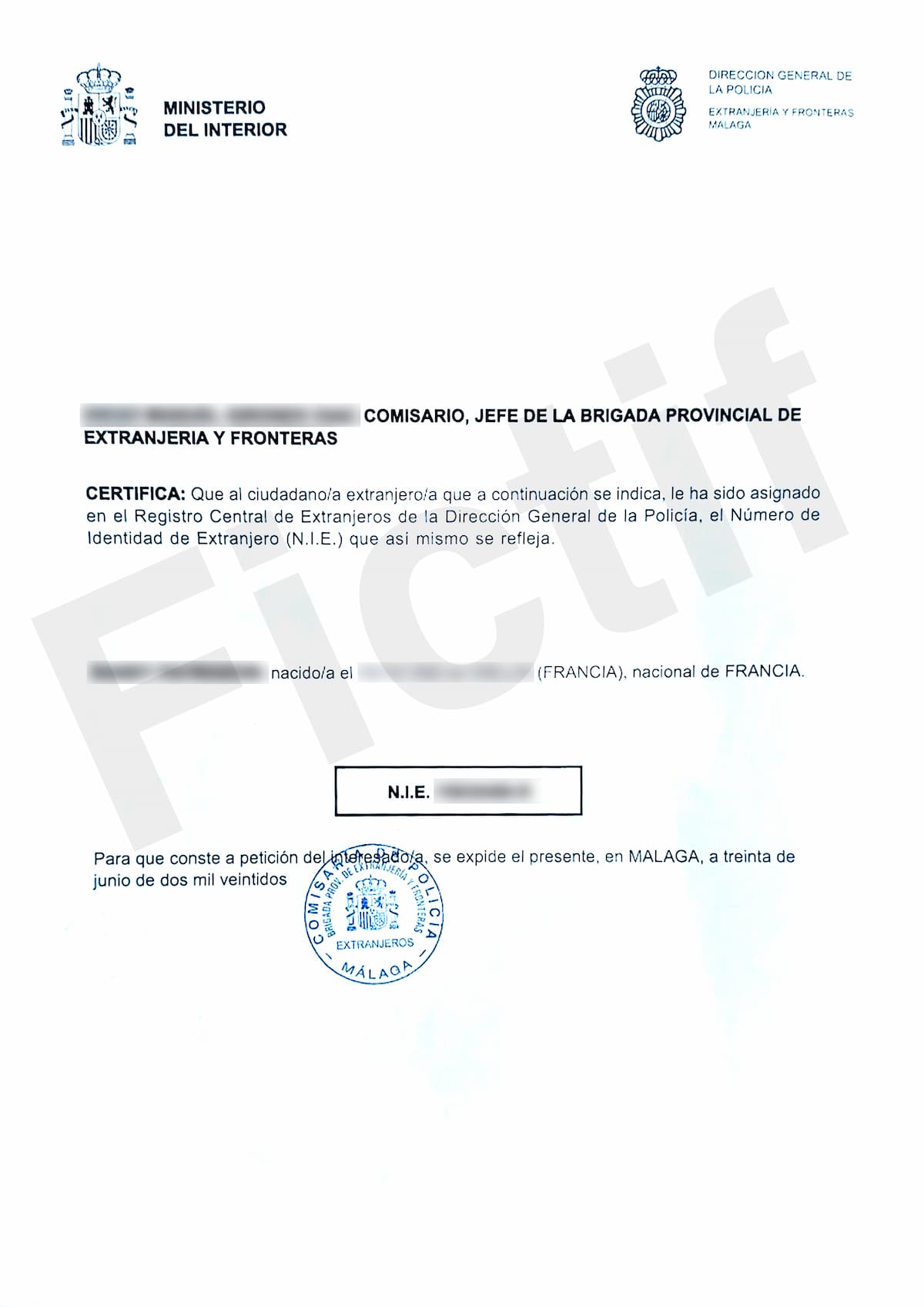
What is the purpose of the NIE?
The NIE is essential for any interaction with Spanish administrative, contractual, or commercial matters. You will need it for:
- Buying or selling property in Spain
- Buying or selling a vehicle
- Obtaining or validating your Spanish driving license
- Working as an employee or self-employed
- Paying your taxes in Spain
- Subscribing to services like water, electricity, or phone
- And much more…
How to obtain your NIE?
There are several options depending on your geographical location and nationality. If you are in Spain, you can visit the nearest police station or local prefecture. If you are abroad (France, Switzerland, Belgium…), you can apply at the Spanish consulate or embassy in your country.
- Make an Appointment
Schedule your NIE application appointment online or visit the local consulate/embassy. - Prepare the Documents
Gather all necessary documents, including the filled EX-15 form and your passport. - Pay the Fees
Pay the required application fee for the NIE. - Submit the Application
Attend the appointment with all your documents. - Receive the NIE
Depending on the office, collect your NIE online, by mail, or in person.
Required Documents
The documents required to obtain your NIE vary depending on your personal situation and your plans in Spain. Here is the list of required documents:
- Completed and signed EX-15 application form.
- Valid original passport and a copy of the biographical data page (or ID card for EU citizens).
- Proof of residence within the consular district.
- Payment of the 9.84 euro fee using form 790.
- If represented: original and copy of the representative’s ID and power of attorney.
- For minors or incapacitated individuals: copy of the family book, birth certificate, or guardianship certificate, and the guardian’s ID.
How to fill out form EX-15?
Section 1: Personal Information

- N.I.E.: If you already have a NIE, indicate it here, especially if renewing.
- 1er Apellido: Enter your surname as it appears on your ID.
- Nombre: Enter all your given names as shown on your ID.
- Sexo: Select ‘H’ for male or ‘M’ for female.
- Estado civil: Select your marital status (S for single, C for married, V for widowed, D for divorced, Sp for separated).
- Fecha de nacimiento: Enter your date of birth.
- Lugar y País de nacimiento: Mention the city and country where you were born.
- Nacionalidad: Specify your nationality.
- Domicilio de residencia: Fill in your complete address, including the postal code (C.P.) and province (indicate “Francia” for France).
- Representante legal: Only fill this section if a legal representative is applying on your behalf.
Section 2: Representative Information

Only fill this section if someone is applying for the NIE on your behalf.
Section 3: Notification Address

This section should not be filled out unless a specific notification address is needed, which is not common for most applications.
Consent Box
Check the box to authorize the consulate to send you the NIE via email. This is important as without your consent, the consulate cannot email you the document.
Section 4: Request Details
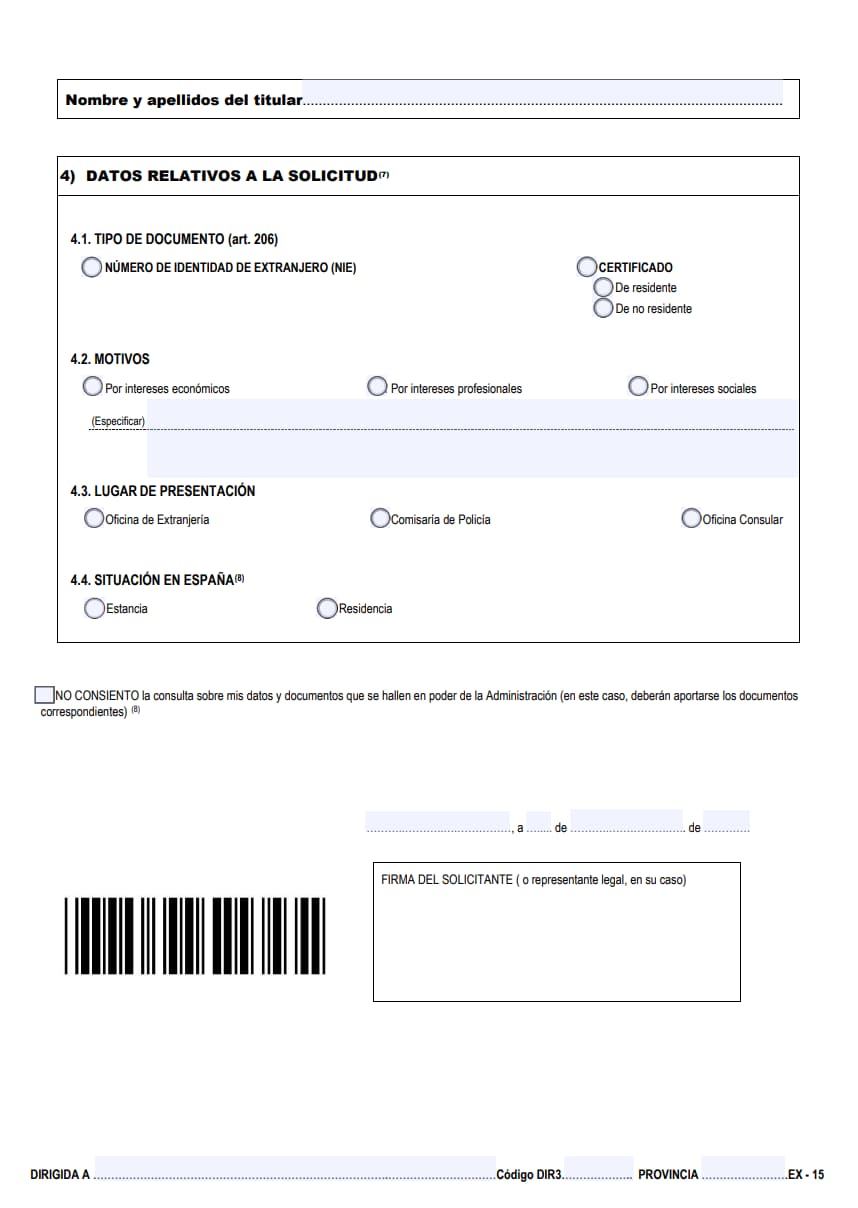
Nombre y apellidos del titular
Enter your full name here: start with your first name(s), followed by your last name. Make sure to use the exact order and spelling as it appears on your identification document.
- NÚMERO DE IDENTIDAD DE EXTRANJERO (NIE): Check this option.
- Motivos: Check the relevant box and provide the reason for your request in Spanish.
- Examples:
- Sucesión: in case of inheritance.
- Compra inmobiliaria: for real estate purchase.
- Venta inmobiliaria: for property sale.
- Prácticas: for internships of less than three months (specify dates).
- Contrato de trabajo temporal: for temporary work contracts of less than three months.
- Apertura de cuenta bancaria: for opening a bank account.
- Gestiones administrativas/bancarias: for specific administrative or banking procedures not involving a stay in Spain of more than three months.
- Examples:
- Oficina Consular: Check this box corresponding to where you will submit your application.
- Estancia: Check this option if your stay is less than three months.
- FIRMA DEL SOLICITANTE: Indicate the place and date (day, month, year) before signing in the reserved space.
- Example: En Fontainebleau, a 15 de febrero de 2024
Filling Out Form 790-012
The 790-012 form is used to pay the fees associated with various administrative procedures, including your NIE application. It must be completed, printed, and attached to the EX-15 form.

Open the 790 Código 012 form and fill in your information as follows:
Identification
- N.I.F/N.I.E: Enter your passport or valid ID number (the same as on the EX-15 form). If it’s a renewal, provide your current NIE.
- Apellidos y nombre o razón social: Write your surname first, followed by all your given names as they appear on your ID.
- Domicilio (Address):
- Tipo de vía: Specify the type of road (street, avenue, boulevard, etc.) of your address in France.
- Nombre de la vía pública: Name of the street or avenue.
- Núm: Number of your residence.
- Escalera / Piso / Puerta / Teléfono: These fields should not be filled.
- Municipio: Specify your town.
- Provincia: Write “Francia”.
- Código Postal: Your postal code.
Self-assessment
- Check “Principal” at the top of the form.
- Select the appropriate option:
- For a first NIE request: “Asignación de Número de Identidad de Extranjero (NIE) a instancia del interesado.”
- For NIE renewal: “Certificado o informes emitidos a instancia del interesado.”
Declarant
- Fill in the “Localidad” field with the name of your town.
Payment
- Check only the “En efectivo” (cash) box.
- Complete the captcha and click on “DESCARGAR IMPRESO RELLENADO” to download the filled form.
- Print the first two pages on separate sheets and sign under “Firma”.
- Ensure a barcode is visible at the top right of the printed forms.
- Bring the printed form to a Spanish bank to make the payment. Spanish banks are accustomed to processing these types of payments.
Where to make an appointment to submit your application?
There are two main options for submitting your NIE application documents: in Spain or abroad. In both cases, you must make an appointment.
In Spain
For foreigners wishing to obtain their NIE from Spain, the process is carried out at local police stations. The appointment process is done via the administracionespublicas.gob.es portal, where obtaining a slot can be challenging.
Step 1
Visit the Website
Go to administracionespublicas.gob.es and select your region from the drop-down menu under “PROVINCIA DISPONIBLES”.
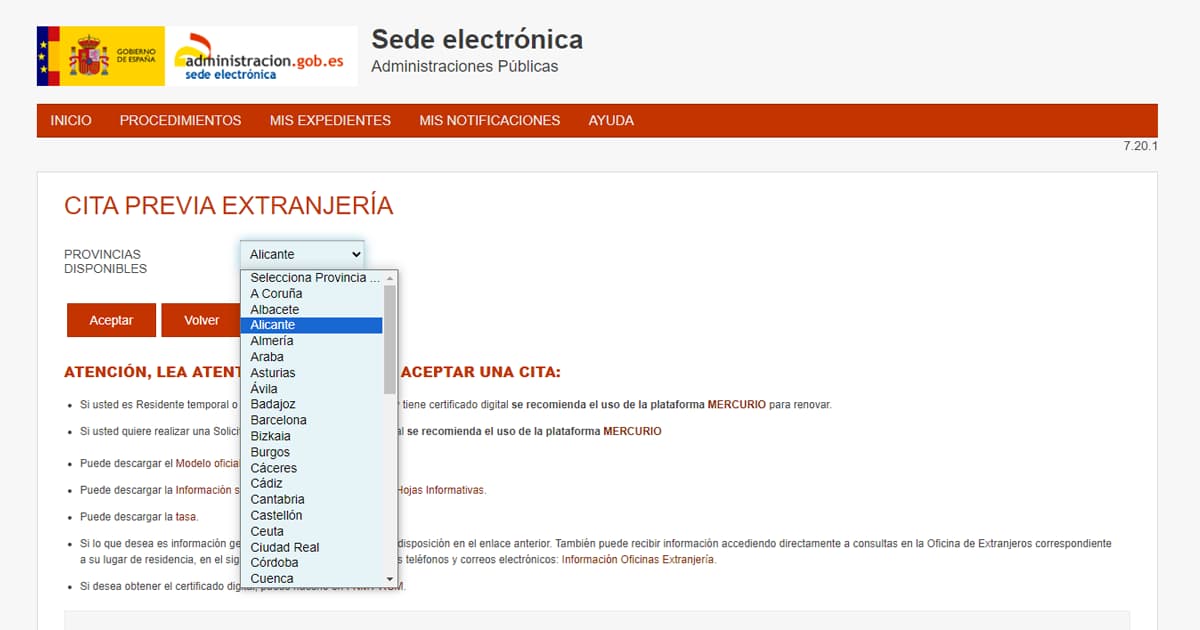
Step 2
Select the Procedure
In the “TRÁMITES CUERPO NACIONAL DE POLICÍA” section, non-EU citizens should select “Asignación de N.I.E.” instead of “POLICIA-CERTIFICADO DE REGISTRO DE CIUDADANO DE LA UE.” This option specifically caters to non-EU citizens requiring the foreigner’s identification number.

Step 3
Proceed to the Next Page
Ignore the content of the following page and click directly on “Entrar”.
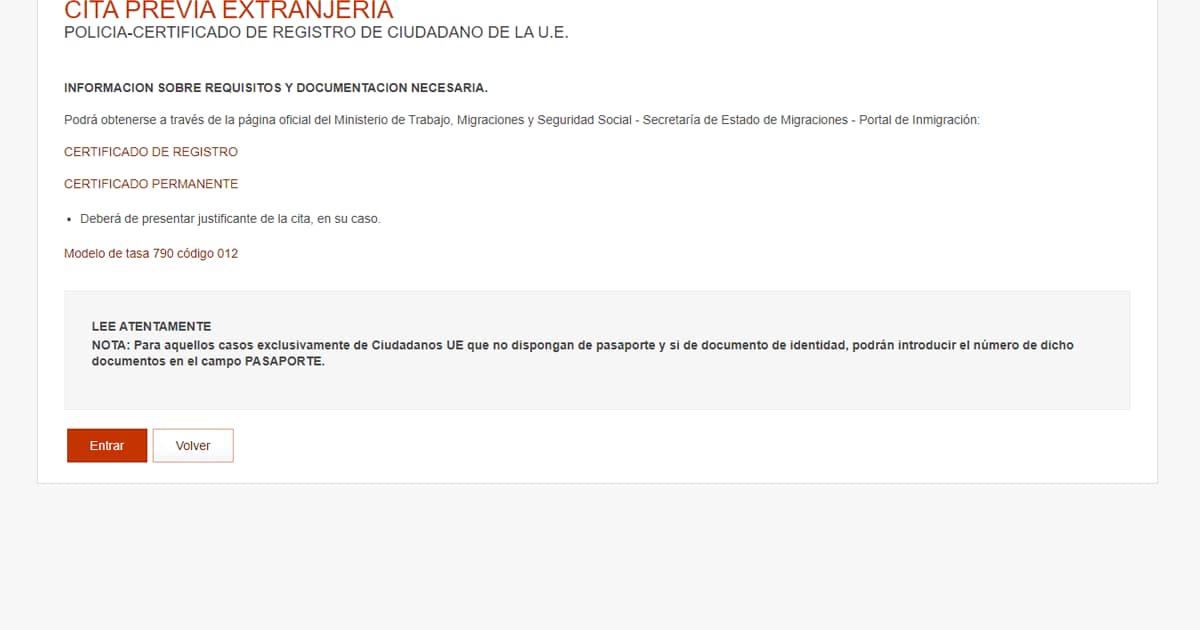
Step 4
Enter Personal Information
Select “Pasaporte”, enter your personal information, and then click “Aceptar”.

Step 5
Request an Appointment
Select “Solicitar Cita” (and keep your fingers crossed 🤞).
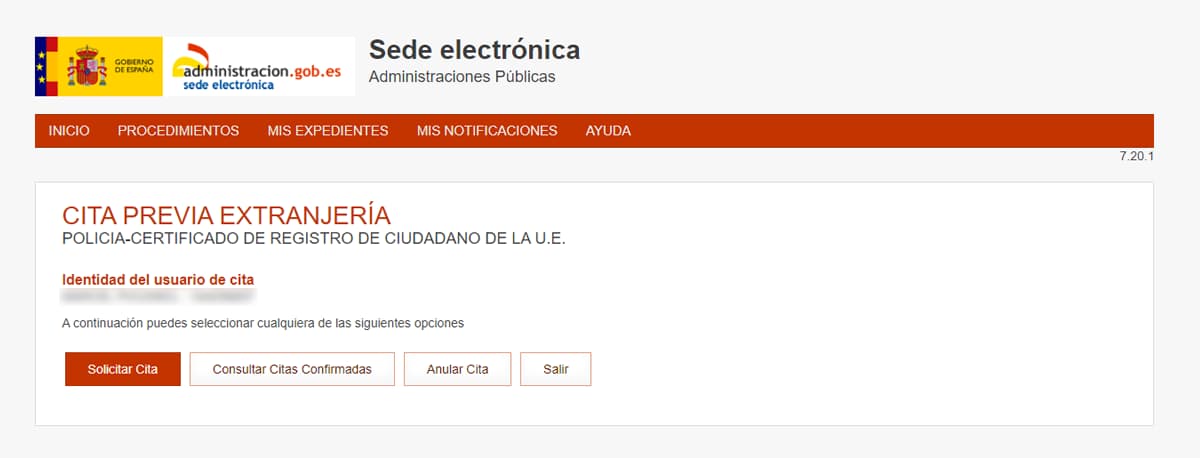
Step 6
Confirm Appointment
If an appointment is available, it will be displayed on the next screen. Simply select it and confirm with “Aceptar”. If no appointments are available, try again later. In the example below, no appointments were available.

Outside Spain (USA, UK, Canada, Australia, New Zealand)
If you reside in the USA, UK, Canada, Australia, or New Zealand, you can submit your NIE application at the following Spanish consulates:
- USA:
- UK:
- Canada:
- Australia:
- New Zealand:
It is advisable to contact them directly to get precise information about the procedures and schedules for making an appointment.
Different types of NIE
Provisional NIE
The provisional NIE is issued to foreigners staying in Spain for less than three months for tourism or professional reasons. It is valid for a limited period and must be renewed if the stay extends beyond three months. The provisional NIE allows for temporary administrative procedures, such as buying a car or signing a rental contract.
Resident NIE
The resident NIE is issued to foreigners who settle in Spain for more than three months and obtain a residence permit. This number is valid for the entire duration of residence in Spain and does not require renewal. The resident NIE is essential for all administrative procedures in Spain, such as opening a bank account, buying property, obtaining a work permit, etc.
NIE, NIF, and VAT Number: What’s the Difference?
When buying property in Spain, you’ll come across terms like NIE, NIF, and sometimes a VAT number (IVA). These tax identifiers apply to different buyer profiles. Here’s what they mean and when each is required.
NIE – For Foreign Individuals
The NIE (Número de Identificación de Extranjero) is the personal tax ID for foreigners in Spain. It’s required for nearly all legal and financial activities, including:
-
Buying or selling property
-
Opening a bank account
-
Working or registering with social security
-
Signing utility contracts
-
Paying taxes
If you’re buying as an individual, the NIE is the only number you’ll need.
NIF – For Companies
The NIF (Número de Identificación Fiscal) is the equivalent of the NIE, but for businesses. Any company—Spanish or foreign—must obtain a NIF before purchasing property or conducting fiscal operations in Spain.
Foreign companies must:
-
Appoint a tax representative in Spain
-
Submit Modelo 036 to the Spanish Tax Agency
-
Provide certified company documents (translated and apostilled)
A provisional NIF is usually issued quickly, followed by a permanent one.
VAT Number – For Businesses With Taxable Activity
A VAT number (Número de IVA) is only required for businesses involved in VAT-liable property transactions, such as:
-
Buying new residential properties (10% VAT)
-
Buying commercial property or land (21% VAT)
If you’re buying a resale home, VAT does not apply—only the Property Transfer Tax (ITP). Businesses may recover VAT through tax filings, but private buyers don’t need a VAT number.
Summary Table: NIE vs NIF vs VAT
| Identifier | Who Needs It | Use Case | Issued By |
|---|---|---|---|
| NIE | Foreign individuals | Personal tax ID (e.g., buying property) | Policía Nacional or Consulate |
| NIF | Companies | Corporate tax ID for buying property | Agencia Tributaria |
| VAT number (ES + NIF) | VAT-registered businesses | Reclaim VAT on eligible purchases | Agencia Tributaria |
Who Needs It: Foreign individuals
Use Case: Personal tax ID (e.g., buying property)
Issued By: Policía Nacional or Consulate
Who Needs It: Companies
Use Case: Corporate tax ID for buying property
Issued By: Agencia Tributaria
Who Needs It: VAT-registered businesses
Use Case: Reclaim VAT on eligible purchases
Issued By: Agencia Tributaria
Sources : Agencia Tributaria, Ministerio del Interior
Important: If you’re buying property in Spain as a private individual, you only need a NIE. NIFs and VAT numbers apply to companies and businesses.
Processing times after application submission
After submitting your application for the NIE, processing times can vary. Generally, it is advisable to expect around two weeks for your number to be generated by the Comisaría General de Extranjería y Documentación.
It should be noted that this period can extend depending on the workload and specific circumstances of each office. For applications made from neighboring countries of Spain, the process may be quicker compared to major Spanish cities.
After submitting your application for the NIE, processing times can vary. Generally, it is advisable to expect around two weeks for your number to be generated by the Comisaría General de Extranjería y Documentación.
It should be noted that this period can extend depending on the workload and specific circumstances of each office. For applications made from neighboring countries of Spain, the process may be quicker compared to major Spanish cities.
Common pitfalls to avoid
There are some common pitfalls that can cost you time:
- Documentation and Procedures: Ensure you have all the correct documents for the NIE without errors to avoid delays.
- Processing Times: Anticipate variable processing times.
- Appointments for the NIE: Book in advance, especially in urban areas of Spain where demand is high. Sometimes, you may also need to make an appointment to collect your NIE in Spain; do not wait passively to receive the document.
- Presence in Spain: Be prepared to be present for the procedures, unless you mandate a specialized agency. If you do not speak Spanish, it may be wise to have assistance or prepare your questions.
- Marital Status: Each foreigner, including spouses, must obtain their own NIE.
Conclusion
Obtaining the NIE is crucial for anyone wishing to settle in Spain, facilitating various administrative procedures. Although straightforward, this process requires preparation, particularly for making appointments. By following the proposed guide and preparing the required documents, you are ready to succeed in this administrative step and finally enjoy Spain.
FAQs
- What is the NIE used for?
The NIE is essential for various administrative, legal, and financial activities in Spain, such as buying property, opening a bank account, registering for social security, and paying taxes. - Can I apply for the NIE outside of Spain?
Yes, you can apply through a Spanish consulate or embassy in your home country. The process is similar to applying in Spain but may take longer. - How long does it take to obtain the NIE?
Processing times vary by location. In Spain, it typically takes a few days. Through a consulate, it may take up to several weeks. - What documents are required for the NIE application?
You’ll need a completed EX-15 form, a valid passport (original and copy), proof of residence, and proof of payment for the application fee. - Is the NIE permanent?
Yes, the NIE number itself is permanent. However, the certificate or residence status associated with it may require renewal depending on your situation. - What is the difference between NIE, TIE, and NIF?
The NIE is a personal tax ID for foreigners. The TIE is the actual residency card (Tarjeta de Identidad de Extranjero) that includes the NIE. The NIF is a tax ID for Spanish citizens and legal entities (like companies). - Do I need a NIF if I already have a NIE?
Not if you are buying property or living in Spain as an individual. The NIE serves as your tax ID. The NIF is required for companies or legal entities. - What is the VAT number, and do I need one?
VAT numbers are used by businesses to declare or reclaim VAT on transactions. As a private buyer, you don’t need a VAT number unless you’re a company making a VAT-liable purchase, like a commercial property. - I’m buying property through a company. What do I need?
Your company must obtain a Spanish NIF, appoint a fiscal representative, and register with the Spanish Tax Agency. A VAT number may also be required if the purchase involves recoverable VAT.
